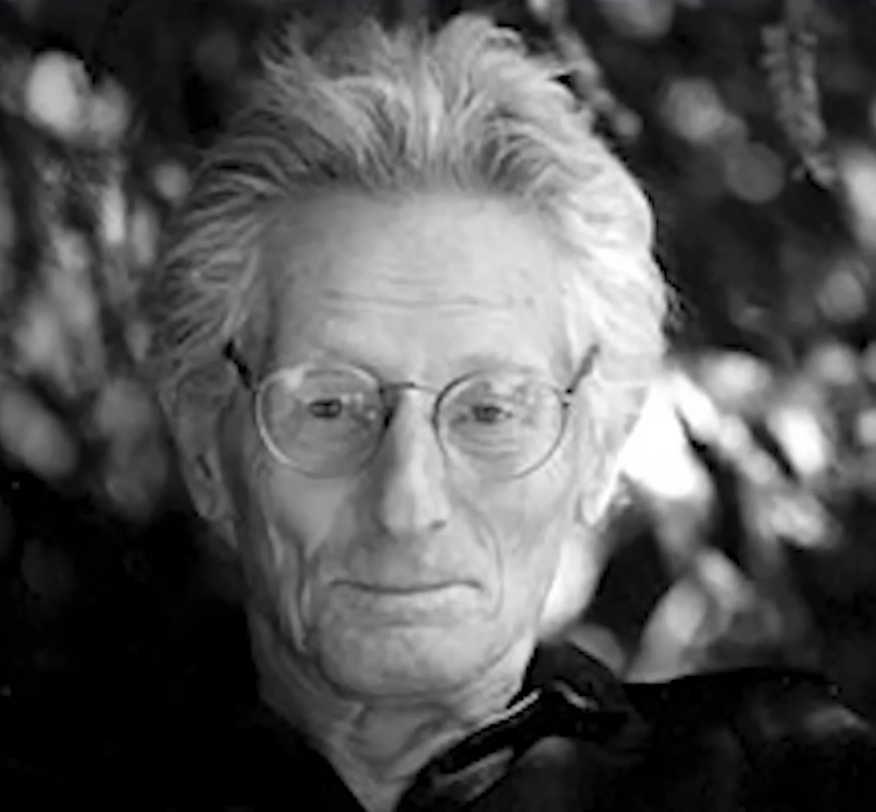In 1954, a pioneer in the study of consciousness, John C. Lily, embarked on a groundbreaking experiment aimed at deciphering the mysteries of the human mind. Using sensory deprivation tanks, Lily sought to explore what happens when the brain is isolated from external stimuli. What he uncovered was an unexpected journey into the subconscious, revealing previously unknown aspects of consciousness.

These tanks, designed to study consciousness, consisted of a clear tube filled with water. Within it, the individual floated, isolated from all stimuli except the sound of their own breathing and heartbeat. This setting paved the way for the mind to venture into uncharted territories.
Sensory deprivation itself is a process in stages. In the first, the brain, being deprived of stimuli, begins to actively seek new mechanisms for self-stimulation. It’s as if the mind, in its quest for stimuli, begins to create its own paths and patterns.

The intensity ramps up in the second stage. Here, individuals often experience overwhelming isolation. The residual stimuli, however minimal, become the primary focus of consciousness, and the mind grapples to hold onto any sensation it can grasp.
In the third stage, thoughts flow freely, often morphing into dreams and fantasies. These visions, laden with subconscious meaning, reveal desires, fears, and memories that, under normal circumstances, might remain hidden.
The fourth stage is, perhaps, the most surreal. Individuals experience projections of intensely vivid images that aren’t tied to emotions. It’s a pure manifestation of imagination, without the confines of reality.
Certainly, some individuals, seeking to delve even deeper into this experience, have chosen to consume LSD while in the tank. While this can intensify the visions and sensations, it also comes with its own risks and considerations.

A patient who personally tested a hermetic tank, recounted an even more extraordinary encounter. During their experience, they claimed to have met extraterrestrial beings, whom they deemed as representatives of advanced evolutionary stages. These encounters led to reflections on the need to control and direct certain human qualities for our own evolution.
Lastly, the proposition to use artificial intelligence as a tool to further decipher these mysteries emerges. Through AI, we might gain insights into reality that go beyond our own understanding, opening doors to dimensions of consciousness yet unexplored.
The experiments of John C. Lily and the subsequent experiences of others in sensory deprivation tanks offer us a unique window into the depths of the human mind. In the stillness and silence, we can uncover hidden truths, face our deepest fears, and perhaps find a greater purpose in our place within the cosmos.











